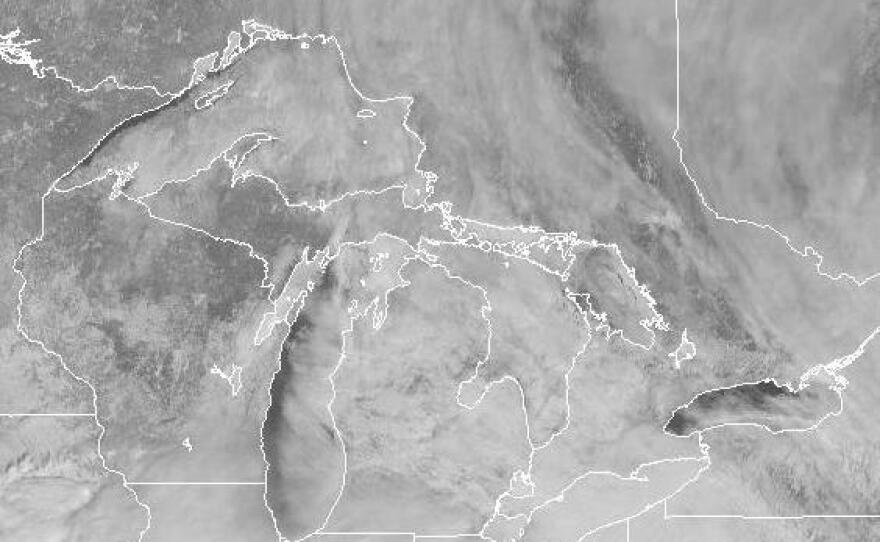The satellite photo we posted last month of a partially frozen Lake Michigan sent shivers down our spines.
Then when we heard today that the ice cover on the Great Lakes is approaching a record, we went in search of other such images.
After looking through several dozen, we need some hot cocoa. See if you agree.
According to the National Oceanic and Atmospheric Administration, as of Thursday 88.4 percent of the lakes' total surface area was considered to be ice-covered. In the record books, as USA Today says, that's closing in on the all-time high of 95 percent, set in February 1979.

The extent of the ice cover varies by lake, of course. NOAA's numbers:
-- Lake Erie, 95.8 percent.
-- Lake Huron, 95.5 percent.
-- Lake Superior, 94.6 percent.
-- Lake Michigan, 82.3 percent.
-- Lake Ontario, 43.4 percent.
(NOAA also has data for Lake St. Clair, which is between lakes Huron and Erie. It is 99.3 percent ice-covered.)
Lake Erie, as we've said before, typically freezes first because it's the shallowest of the lakes. Lake Ontario tends to lag behind the others in ice cover because it's farther south (except for Lake Erie and part of Lake Michigan), has some strong water flowing in from the Niagara River and is relatively deep. The lakes' average and maximum depths, according to the Environmental Protection Agency:
-- Lake Erie, 62 feet / 210 feet.
-- Lake Huron, 195 feet / 750 feet.
-- Lake Michigan, 279 feet / 925 feet.
-- Lake Ontario, 283 feet / 802 feet.
-- Lake Superior, 483 feet / 1,332 feet.
But enough with the statistics. Let's let the pictures tell the story.
Related post: 'Almost Otherworldly': The Sea Caves Of Lake Superior, On Ice
Copyright 2014 NPR. To see more, visit www.npr.org.






